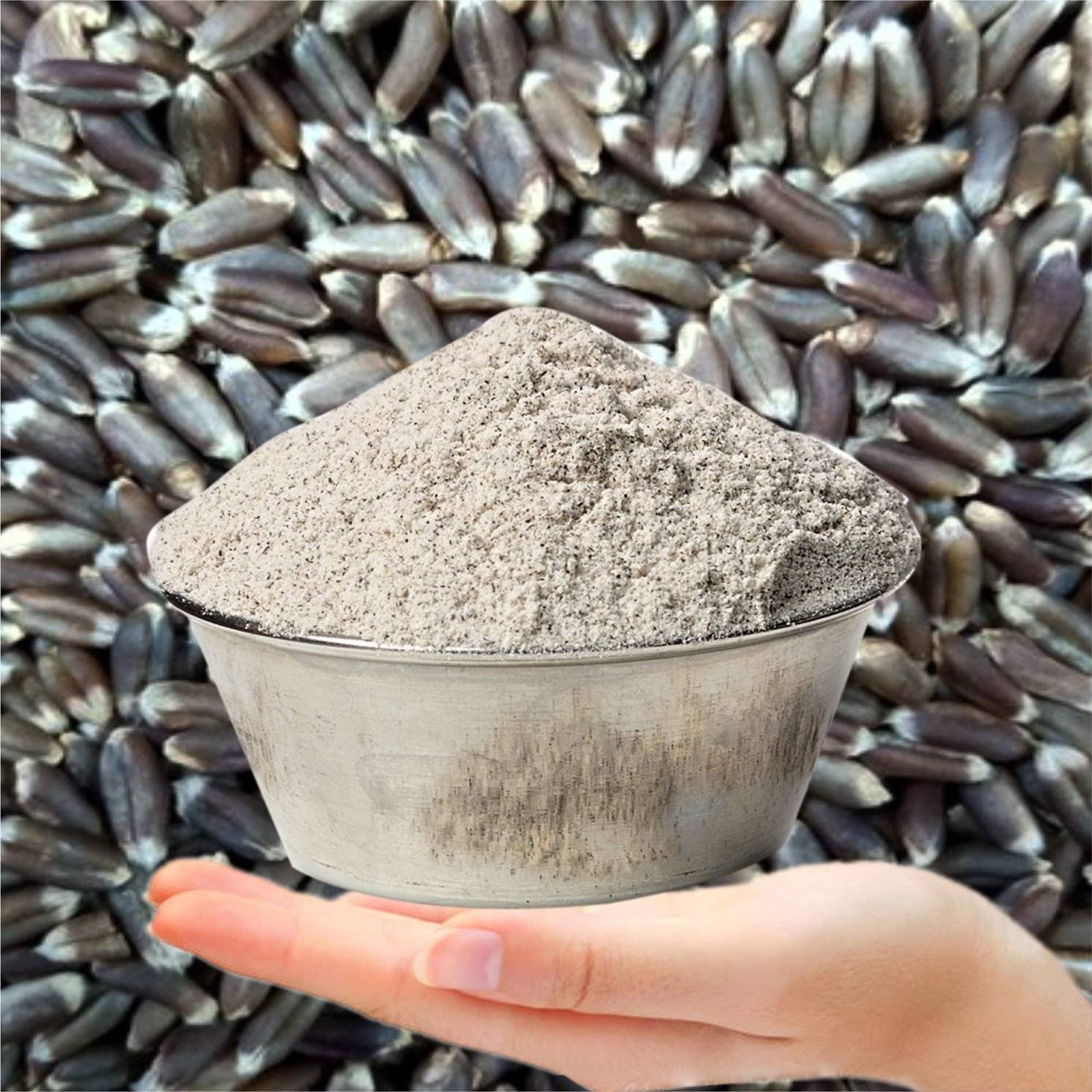Glycemic Load (GL) Explained: Definition, Formula, Benefits, and Examples
Definition: Glycemic Load (GL) is a comprehensive measure that takes into account both the quality and quantity of carbohydrates in a specific food. It provides a more accurate assessment of how a food affects blood sugar levels compared to the Glycemic Index (GI) alone. While the Glycemic Index measures the speed at which a carbohydrate-containing food raises blood glucose, the Glycemic Load factors in the actual amount of carbohydrates consumed.
Formula: The Glycemic Load is calculated using the following formula:
Glycemic Load (GL)=(Glycemic Index (GI)×Amount of Carbohydrates (g)/100)
Key Points:
- Glycemic Index (GI): This scale ranks carbohydrate-containing foods based on their impact on blood sugar levels. High-GI foods cause a rapid spike, while low-GI foods have a slower effect.
- Amount of Carbohydrates (g): Total quantity of carbohydrates in a serving of the food.
- Glycemic Load Range:
- Low GL: 1-10
- Medium GL: 11-19
- High GL: 20 and above
Benefits of Glycemic Load:
- Accurate Blood Sugar Prediction: GL provides a realistic assessment of how a food affects blood sugar, considering both type and amount of carbohydrates.
- Better Dietary Guidance: Assists individuals in making healthier food choices by evaluating the overall impact on blood sugar levels.
Examples: Consider a hypothetical example:
- Food: Brown rice
- Glycemic Index (GI): 50
- Amount of Carbohydrates (per serving): 30g
Glycemic Load (GL)=(50×30/100)=15
The Glycemic Load for a serving of brown rice is 15.
Conclusion: Understanding Glycemic Load is valuable, especially for individuals managing conditions like diabetes. It allows for more informed dietary choices by considering both the quality and quantity of carbohydrates in foods.




